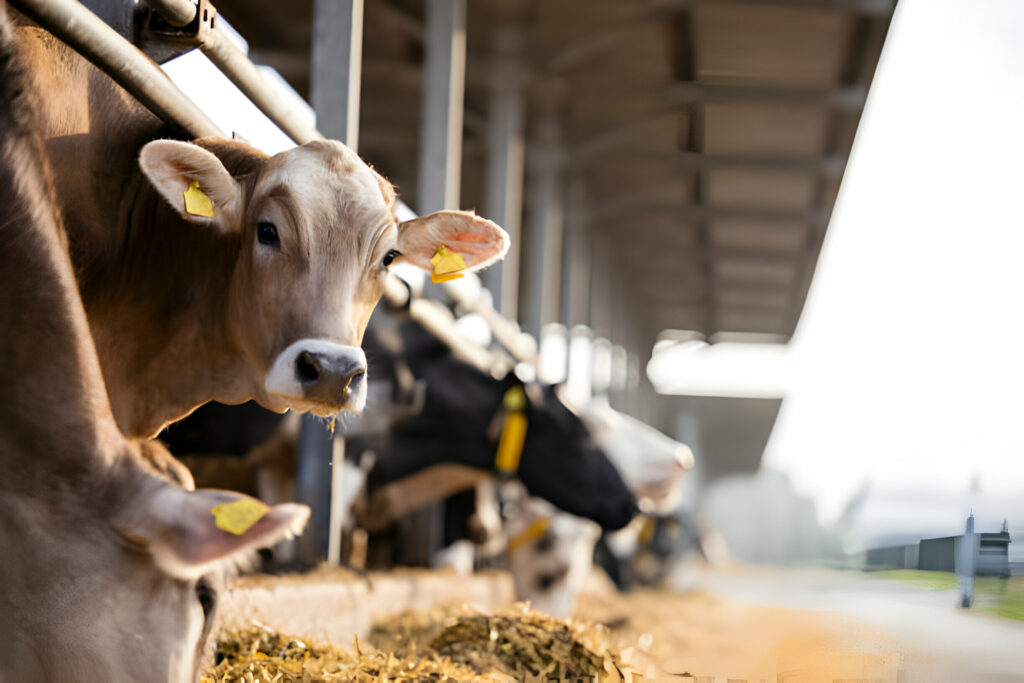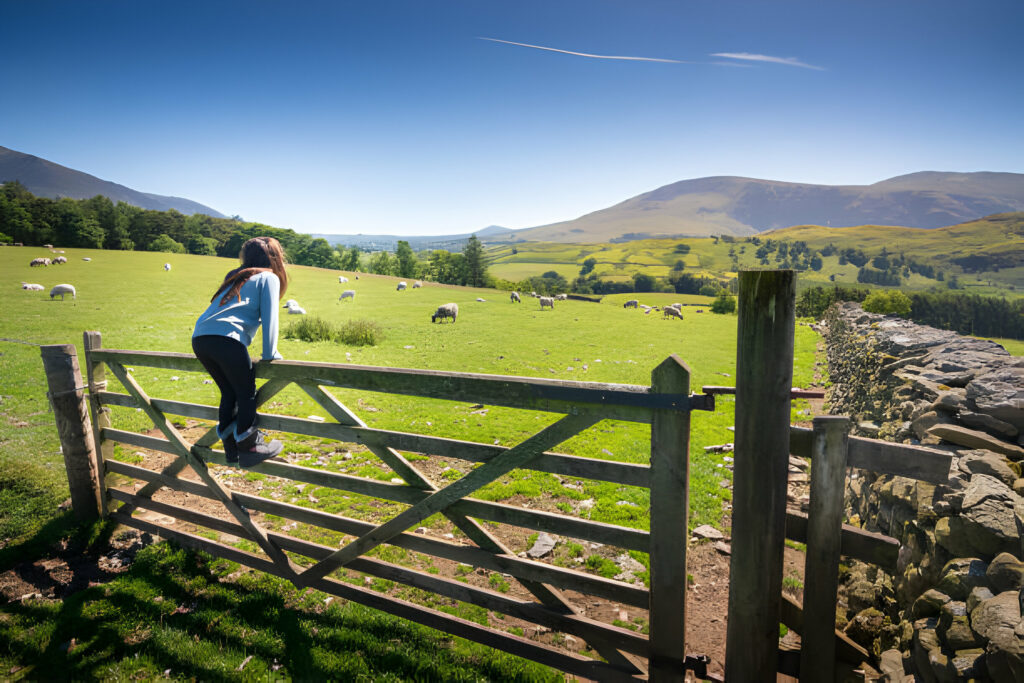
When it comes to livestock containment, safety should be the ultimate priority guiding every decision. Yet in my decades installing agricultural fencing, I’ve seen otherwise conscientious farm owners cut corners on properly securing cattle, horses, and small ruminants.
But flimsy fencing fails quickly and threatens injury (or escape). That’s why this post focuses on overviewing key legal codes and best practices for risk prevention through quality perimeter barriers and paddock reinforcements. My aim is to help farmers evaluate if current fences adequately promote safety. Lives depend on it.
Why Securing Animals Matters

Before jumping to safety codes, let me reinforce why proper enclosure matters so much. Farmers themselves face harm, lawsuits, financial ruin, and ethical violations when containment proves inadequate. Beyond just “keeping critters in their place,” securing animals protects owners in the following ways:
Mitigates Liability Risks
Say a horse escapes through dilapidated fencing and gets struck on a nearby road, injuring vehicle occupants. The legal fallout for farm owners can be devastating without clear proof of secure barriers. It pays to build past code.
Prevents Injury to Animals
Flimsy fences also risk subjecting escapees to predator attacks, accidents on roadways, or falls into natural hazardous areas like gullies filled with floodwater. Fortifying boundaries prevents scenarios that could maim.
Avoids Public Endangerment
A breach allowing livestock wandering into a neighborhood or busy highway poses grave risks to bystanders through collisions. Farm owners carry liability for any public incident resulting from inadequate fencing.
Upholds Ethical Obligations
As stewards, farmers carry an ethical duty to house animals in safe enclosures preventing unnecessary suffering, danger, or death. That principle should motivate conscientious containment reinforcements.
In each scenario, properly securing animals through fences engineered to code eliminates problems before they occur. Now let’s examine what standards establish sufficient fortification.
Overview of Relevant Safety Codes

While regulations vary slightly across Canadian provinces and territories, the following represent nationally recognized agricultural fencing codes:
CFIA’s Fencing Regulations for Livestock
This federal statute mandates minimum construction guidelines for agricultural fences confining cattle, sheep, horses and goats. For most livestock, fences must stand at least 4 feet high while preventing passage of animals, injury from protrusions, or ground erosion allowing escape. Failing to meet code constitutes criminal negligence.
National Building Code of Canada (NBC)
The NBC sets standards which provincial/territorial building codes adopt as minimum legal requirements. This includes specifications regarding residential farm livestock enclosures near housing. Horse owners especially should confirm compliance.
CSA Grade Requirements
The CSA Group regulates manufacturing and material guidelines through voluntary grading systems to signify adherence with strict safety and performance metrics. While voluntary, builders aiming to exceed legal minimums insist on CSA Grade 1 status for fencing.
Provincial Agriculture Statutes
Individual provinces and territories also enact region-specific livestock fencing laws regarding substance, proximity to public roads/neighbouring land, maintenance requirements, etc. These represent additional measures adapted to local realities.
While extensive, the codes aim for livestock wellbeing and community protection. Below are best practices for how to apply them.
Real-Life Application Tips
Okay, with regulations covered, how do we apply smart precautions through fencing on actual farms? Follow these tips:
Get Expert Site Evaluation
Schedule an agricultural fencing specialist to walk your acreage observing current fences, livestock behaviors and containment weak spots. They can assess improvements to consider.
Map Paddock & Perimeter Plans
Utilize aerial satellite imagery of your land to strategically map out paddock divisions and reinforced perimeter boundaries keeping animals securely separated from public zones.
Specify Durable, High-Tensile Building Materials
Whether Tensar Polygrid, meshed wire, or high tensile wire—opt for the most fortified CSA Grade 1 infrastructure within budget. This lessens risk of degradation or accidents over decades of punishing weather and animal wear.
Integrate Physical Barriers with Electric Backup
Combining stalwart physical fences (like stone walls, steel tubing or wood frames) with low-voltage electric strands adds an extra highly effective psychological deterrent, training livestock away from boundaries.
Schedule Seasonal Maintenance Checks
Conduct thorough perimeter walks in spring and fall assessing fencing tension, post stability, mesh holes/damage allowing escape, erosion underneath, and gate issues for necessary repairs and proactive reinforcement.
Paying mind to securities may seem like overkill when previous sparse fencing sufficed for years. But “it’s always worked before” mindsets get farmers into preventable trouble through liability claims and fines. Statutes exist to establish reasonable safeguards—let’s adhere to them wholeheartedly!
Is an Assessment & Upgrade Needed?
I hope this overview gives clarity for evaluating whether current fencing meets code plus inspires proactive steps toward safety through engineering barriers with integrity. My team remains available to consult on reinforcement plans specific to your acreage, livestock types, climate and budget.
If it’s been awhile since your fences underwent inspection, now is the time. Let’s confirm ample precautions are taken to responsibly house animals and avoid needless harm on or off the farm. I’m only a phone call away to get started strategizing solutions!